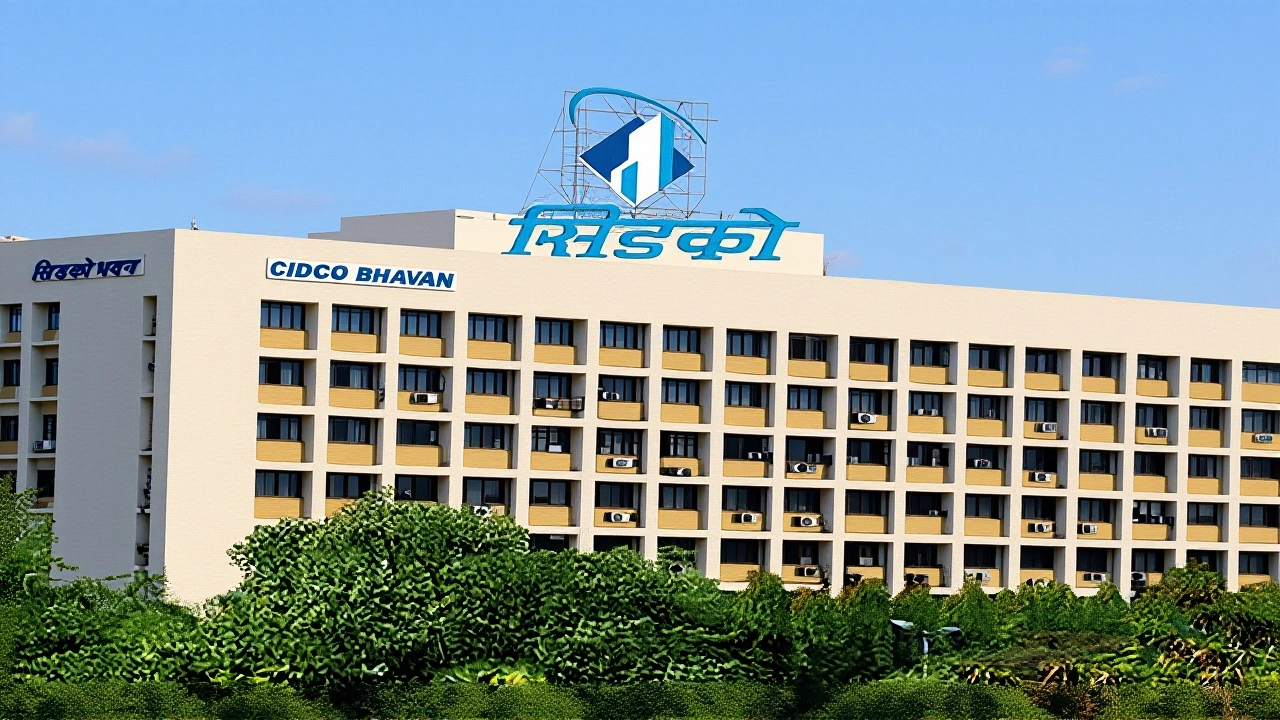On June 6, 2025, tens of thousands of non-executive government workers in Chhattisgarh and Madhya Pradesh began a sweeping reshuffle that will reshape local administration for years. The new Transfer Policy 2025, approved by the cabinets of both states, sets a hard deadline: all transfers of third- and fourth-category staff must be completed by June 25. In Madhya Pradesh alone, over 60,000 employees — 10% of its 6.6 lakh regular workforce — will be moved. It’s the largest administrative shuffle in either state in a decade, and it’s not just about geography. It’s about accountability.
Why This Transfer Policy Is Different
Previous transfer policies were often seen as political favors or routine rotations. This one? It’s a purge disguised as reform. The Madhya Pradesh Government made it clear: underperforming staff will be the first to go. No more holding onto underperforming employees in cushy postings. The policy explicitly bans all types of attachments — those unofficial, long-term postings where employees become untouchable by oversight. Even the Chhattisgarh Government, which had previously allowed more flexibility, now enforces strict caps: only 10% of third-category and 15% of fourth-category staff in any district can be transferred. That’s not a suggestion. It’s a ceiling.
Here’s the twist: the transfers aren’t random. They’re data-driven. District collectors will review performance records, complaints, and even attendance logs before approving moves. And for the first time, voluntary transfers — where employees swap posts by mutual consent — are formally recognized. But even those require approval from district in-charges and the concerned minister. No more backroom deals.
How the Process Unfolds
The timeline is tight, and the chain of command is rigid. Applications for voluntary transfers opened on June 6 and close on June 13. After that, district collectors — not bureaucrats, not ministers — get the final say, but only after securing approval from the district’s in-charge minister. The system is designed to prevent political interference. In Madhya Pradesh, police officers below the rank of DSP have their transfers handled by the Police Establishment Board, with input from the home minister. Meanwhile, contract workers in the Panchayat and Rural Development Department — a group long ignored in transfer policies — now have their own window: May 1 to May 30, 2025, for intra-district moves, capped at 10% per district.
And then there’s the loophole-turned-tool: Section 9 of the amended policy. It allows chief ministers to override the system in “exceptional circumstances.” That sounds vague — until you read the fine print. It’s meant for two situations: when an employee is named in a criminal case (but investigation hasn’t stalled), or when a post becomes vacant due to death, resignation, or suspension, and the department needs to fill it urgently. This isn’t a backdoor. It’s a pressure valve.

Who’s Really Being Moved — And Why
Don’t assume this is just about punishment. Some transfers are strategic. In rural Chhattisgarh, where literacy rates lag and health centers are understaffed, experienced clerks are being shifted from district headquarters to remote sub-centers. In Madhya Pradesh, employees who’ve spent over five years in the same block are being rotated to break up entrenched networks. “We’re not just moving desks,” said a senior IAS officer in Bhopal, speaking anonymously. “We’re breaking silos. People were too comfortable. Too connected. Too invisible.”
And the numbers tell a story: in one district of Chhattisgarh, 87% of employees who applied for voluntary transfer were from areas with the lowest service delivery ratings. In Madhya Pradesh, 12,000 transfers were flagged for “repeated absenteeism” — a number that stunned even seasoned bureaucrats.
What This Means for Public Services
When a clerk in a remote village is replaced by someone from the city, it’s not just a change of address. It’s a change in expectations. Staff who’ve been in the same office for 15 years suddenly face scrutiny. Newcomers bring fresh energy — but also friction. Local communities, used to familiar faces, now face uncertainty. “We’ve had the same person processing our ration cards for a decade,” said a farmer in Dhamtari, Chhattisgarh. “Now we’re told he’s been moved. Who do we trust?”
But the trade-off might be worth it. In Indore, after a similar 2022 transfer drive, the average time to clear a land record application dropped from 42 days to 18. In Rewa, complaints about bribery in revenue offices fell by 63% in six months. The government is betting that mobility breeds efficiency — and that accountability can’t survive in stagnation.

What Comes Next
The June 25 deadline is just the beginning. By August, both states plan to publish public dashboards showing transfer outcomes, performance metrics, and citizen feedback. The Madhya Pradesh Chief Minister’s Office has hinted that this could become an annual event. And if it works? Other states will watch closely. Jharkhand and Odisha have already sent delegations to study the model.
One thing is certain: the era of the untouchable clerk is over. The system now has teeth. And for the first time in a long time, the people who serve the public — not the ones who sit behind desks — are being held to account.
Frequently Asked Questions
How many employees are affected by the 2025 transfer policy in Chhattisgarh and Madhya Pradesh?
Approximately 60,000+ employees in Madhya Pradesh (10% of its 6.6 lakh regular staff) and an estimated 25,000–30,000 in Chhattisgarh will be affected. The policy caps transfers at 10% for third-category and 15% for fourth-category staff per district, meaning the scale is tightly controlled but still massive in total numbers.
Can employees request transfers, or are they forced?
Voluntary transfers are allowed between June 6–13, 2025, through mutual consent between employees. However, even these require approval from district collectors and in-charge ministers. Forced transfers will be applied to underperformers, those linked to misconduct cases, or to fill urgent vacancies — making the policy a mix of choice and compulsion.
Why are contract workers now included in the transfer policy?
For the first time, contract staff under the Panchayat and Rural Development Department are eligible for intra-district transfers between May 1–30, 2025. This addresses long-standing complaints that these workers — often the frontline link to villages — were stuck in ineffective postings with no mobility. Their inclusion signals a broader push for equity in public service.
What happens if an employee is involved in a criminal case?
If an employee is named in a registered criminal case — whether by Lokayukta or police — and the investigation isn’t stalled, they can be transferred to another district to avoid interference. This isn’t punishment; it’s procedural neutrality. But if charges are pending or the case is under judicial review, transfer requires higher approval, often from the Chief Minister’s office.
How will this affect rural service delivery?
In the short term, disruption is likely as new staff adjust. But long-term, the policy aims to improve delivery by breaking local patronage networks. In Madhya Pradesh’s Rewa district, similar reforms cut bribery complaints by 63% within six months. The goal is to replace entrenched inefficiencies with accountability — even if it means temporary discomfort.
Will this transfer policy become permanent?
Yes. Both states are treating this as a pilot for annual transfers. By August 2025, performance dashboards will be published, and if citizen satisfaction improves, the model could become institutionalized. Jharkhand and Odisha are already studying it — suggesting this could be the new national standard for state bureaucracy.



